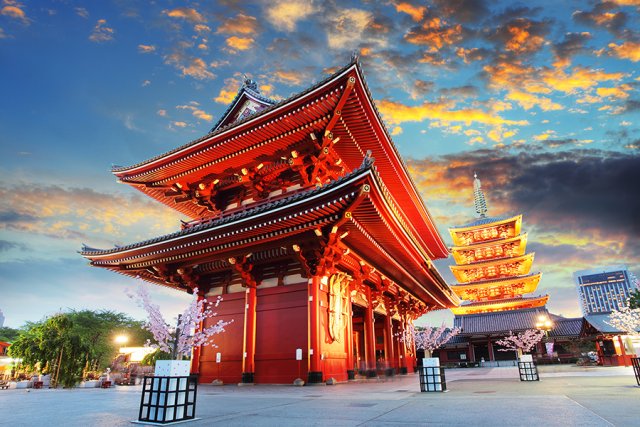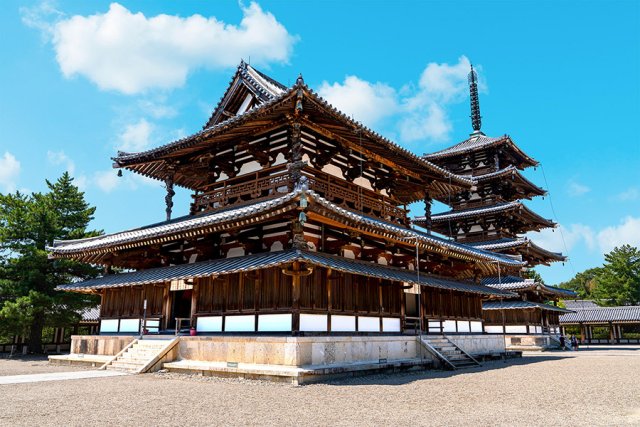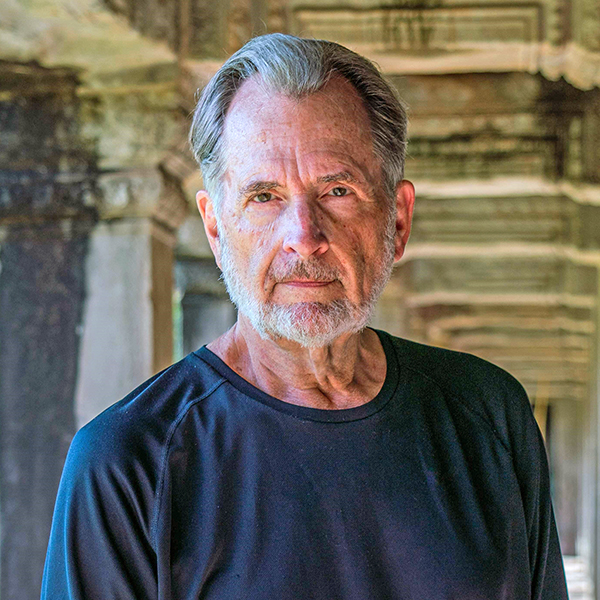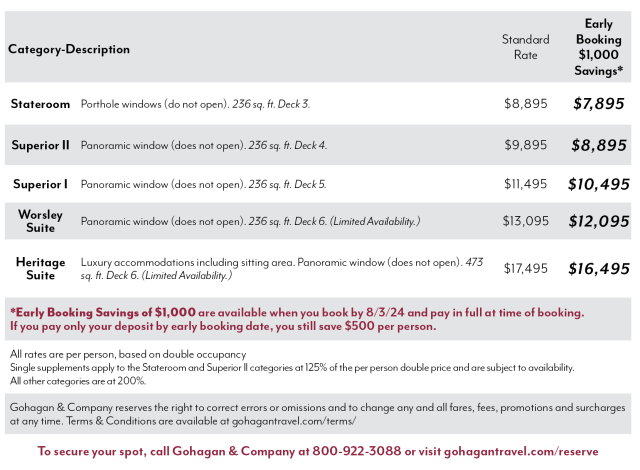A mysterious island nation of unsurpassed natural beauty and customs, Japan and its fascinating culture are laden with ancient spiritual rituals and rich, storied tradition. This 13-day, 12-night land and sea voyage showcases sites from the ethereal temples, jewel box pagodas and shogun castles of Kyoto to the latticed merchant houses of Hagi’s samurai district. On a specially arranged excursion to Miyajima's Itsukushima Shrine, marvel at its iconic "floating" Torii gate on the Seto Inland Sea. Explore seven different UNESCO World Heritage sites in two countries. Discover the Inland Sea of Japan and South Korea, featuring an 8-night, all‑inclusive cruise on the deluxe expedition small ship Heritage Adventurer. Emmy Award‑winning international news correspondent Jim Laurie will join us as guest speaker, sharing insights about this remarkable region on a journey to remember! Enhance your incredible visit with a Pre-Tour extension in Tokyo and/or a Post-Tour extension in Osaka.
Program Details
• Exclusive land and cruise journey introduces you to the cultural highlights of Japan plus historic sites in South Korea.
• Created in our tradition of innovative programming and educational travel.
• Access to ports unavailable to larger vessels and included excursions throughout your program.
• Specially arranged excursion to Miyajima's Itsukushima Shrine to see its iconic "floating" Torii gate on the Seto Inland Sea.
• Distinguished guest speaker Jim Laurie, former NBC News Tokyo bureau chief.
• Seven UNESCO World Heritage sites:
Historic Monuments of Ancient Kyoto; Shirakawa-go; Town of Hagi; Hiroshima Peace Memorial; Itsukushima Shinto Shrine in Japan; Bulguksa Temple and Gyeongju Historic Areas in South Korea.
• Tokyo Pre-Tour Extension and Osaka Post‑Tour Extenion.
Day 1 Depart home city
Day 2 Osaka, Japan/Kyoto
Day 3 Kyoto
Day 4 Kyoto
Day 5 Kyoto/Kanazawa/Embark Heritage Adventurer
Day 6 Kanazawa/Shirakawa-go
Day 7 Sakaiminato/Matsue
Day 8 Hagi
Day 9 Busan, South Korea
Day 10 Hiroshima, Japan
Day 11 Hiroshima/Miyajima
Day 12 Uno Ko
Day 13 Osaka/Disembark/Return to home city
Heritage Adventurer
Deluxe Expedition Small Ship
Built for adventure in 1991 at Finland’s Rauma shipyard and specifically designed for polar exploration, Heritage Adventurer boasts an impressive history of polar and remote region exploration. Originally designed to accommodate 184 guests, we now welcome only 140 expeditioners on board, to create a spacious, comfortable experience with exceptional, personalized service synonymous with the Heritage company name.
Tokyo Pre-Tour Extension
Pass through Tokyo’s Kaminarimon (Thunder Gate) to visit the seventh-century Senso-ji Temple. Tour the Tokyo National Museum, one of the largest art museums in the world. Enjoy a full‑day excursion to Hakone, home to majestic Mount Fuji, and a journey aboard the memorably high‑speed Shinkansen, or bullet train.
Osaka Post-Tour Extension
This vibrant, bustling port city is the second largest in Japan. Visit the Osaka History Museum, with its fascinating exhibits and lovely views of Osaka Castle. Enjoy an excursion to the tranquil city of Nara. Visit the iconic Horyu‑ji, one of the world’s oldest wooden structures, and Todai-ji, with its imposing 50-foot bronze Buddha.
The Optional Extensions are available at additional cost. Details will be provided with your reservation confirmation.

Jim Laurie
Jim Laurie is a distinguished international broadcaster, writer and media consultant who has witnessed many defining moments in Asia’s history for over 50 years. He began covering Indochina for NBC News in 1972 and became the only American network correspondent to witness the fall of Saigon to the North Vietnamese in 1975. Laurie's memoir of his early days in Vietnam and Cambodia, "The Last Helicopter: Two Lives in Indochina" was published in April 2020. He is the recipient of a Peabody Award, two Emmy Awards and an Amnesty International Award and has also co-produced, written and directed several television documentaries.



